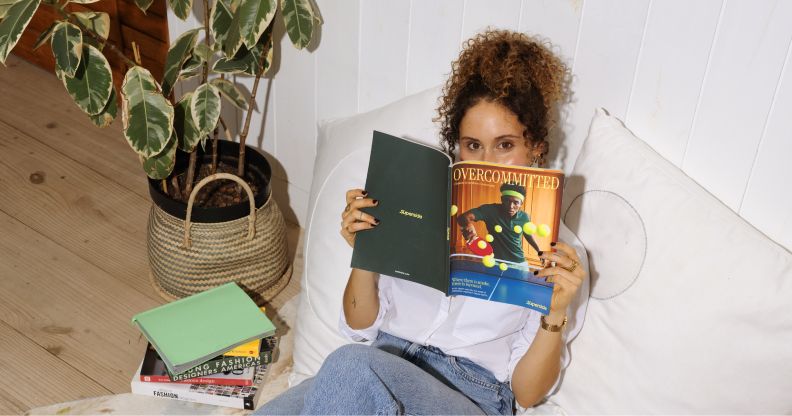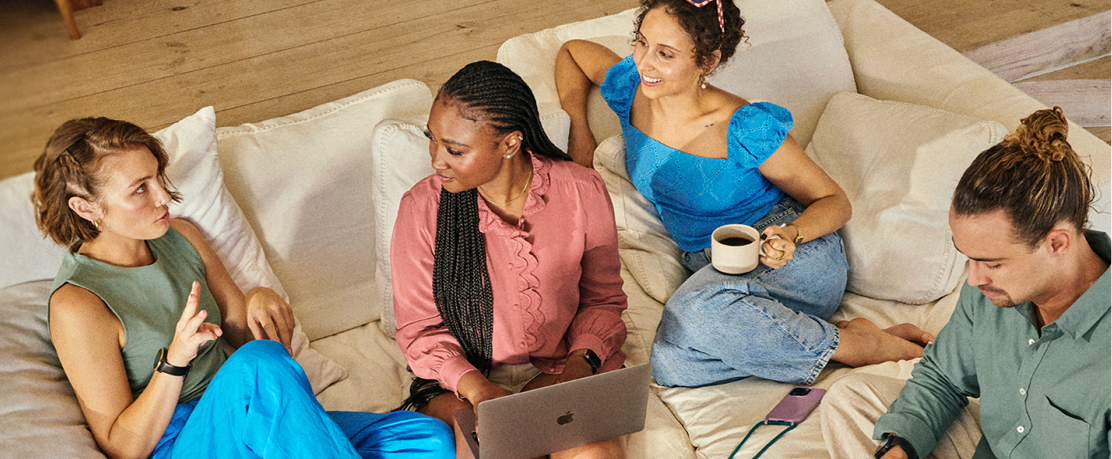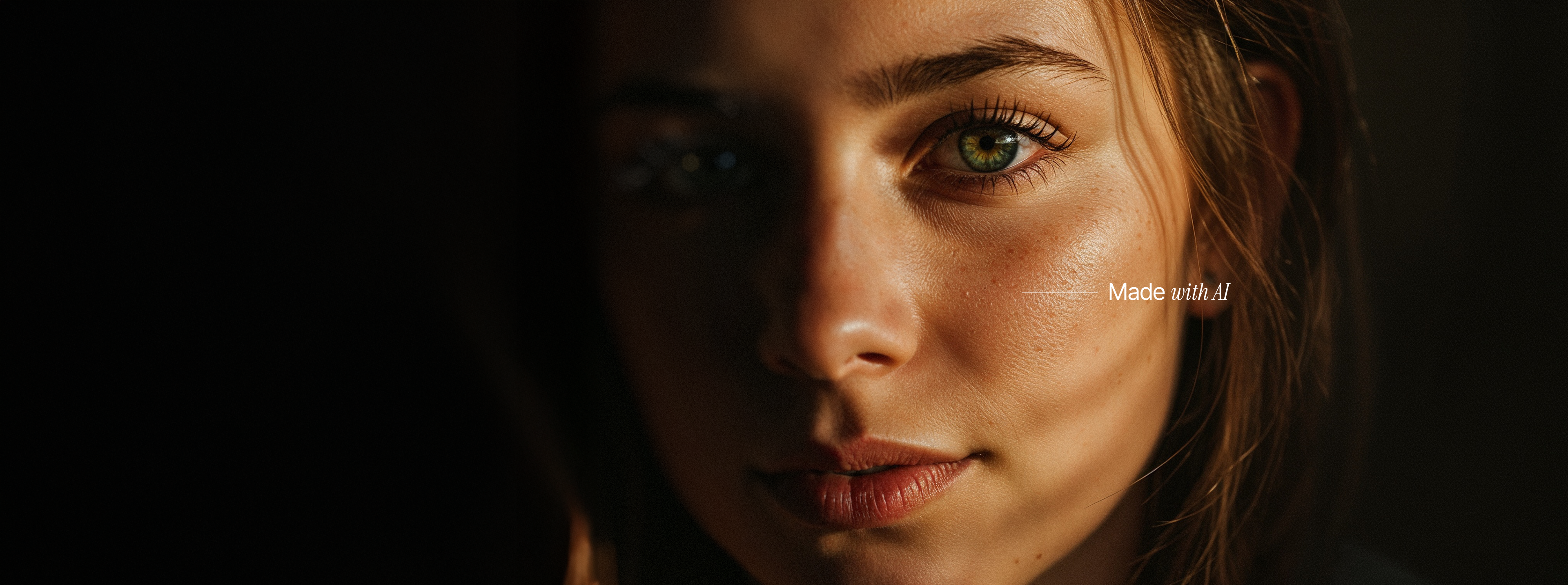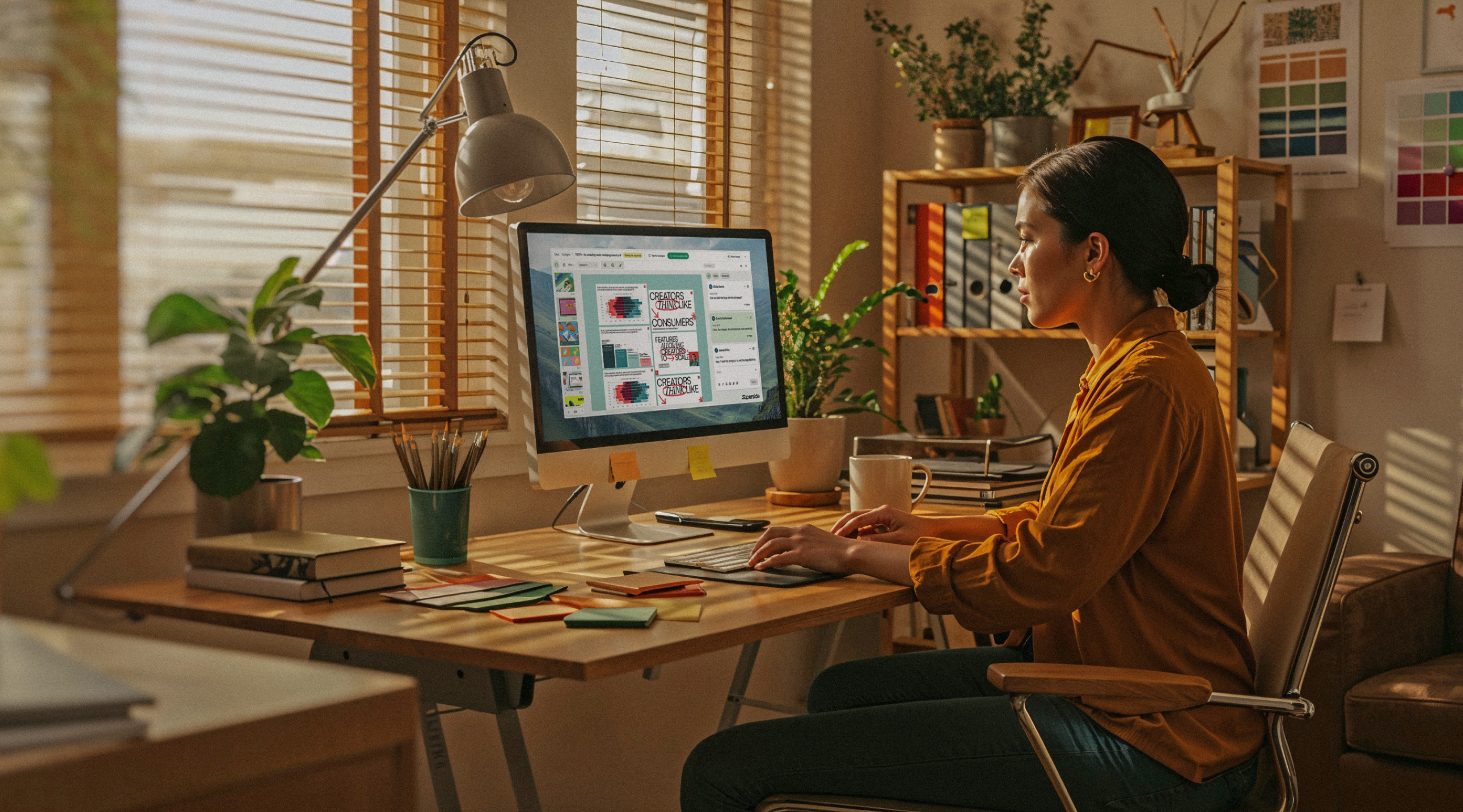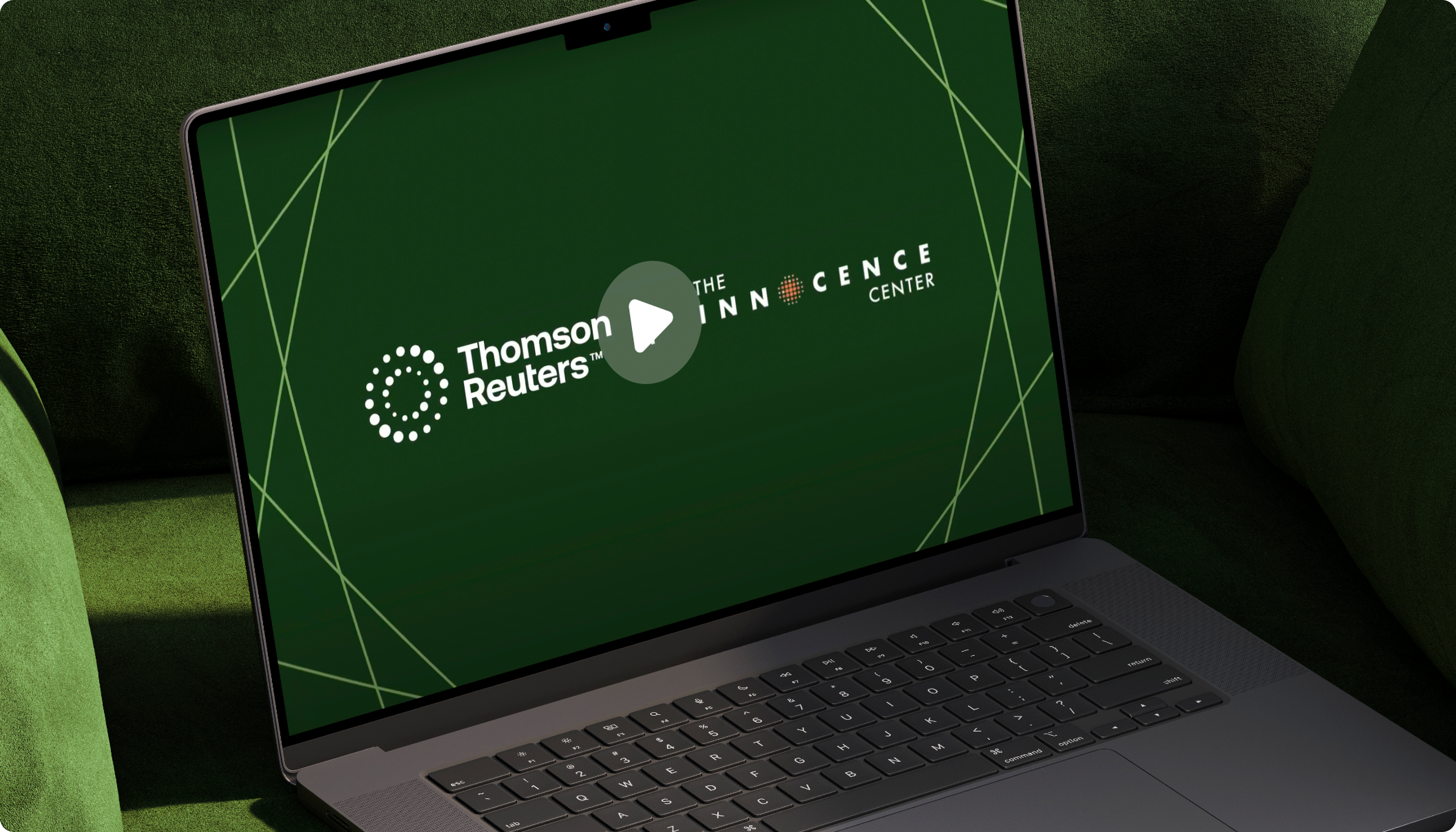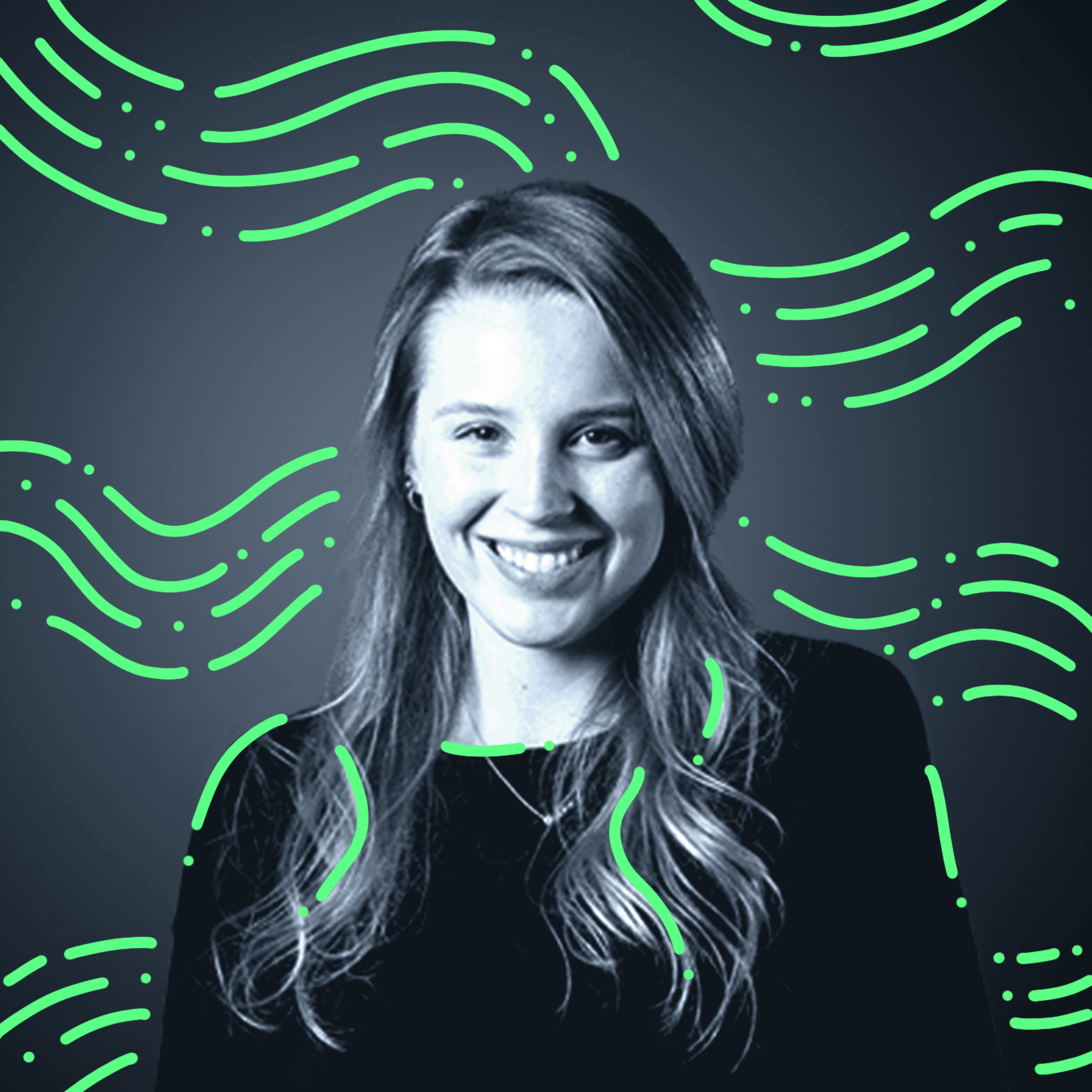The World Needs More Women in Design Leadership
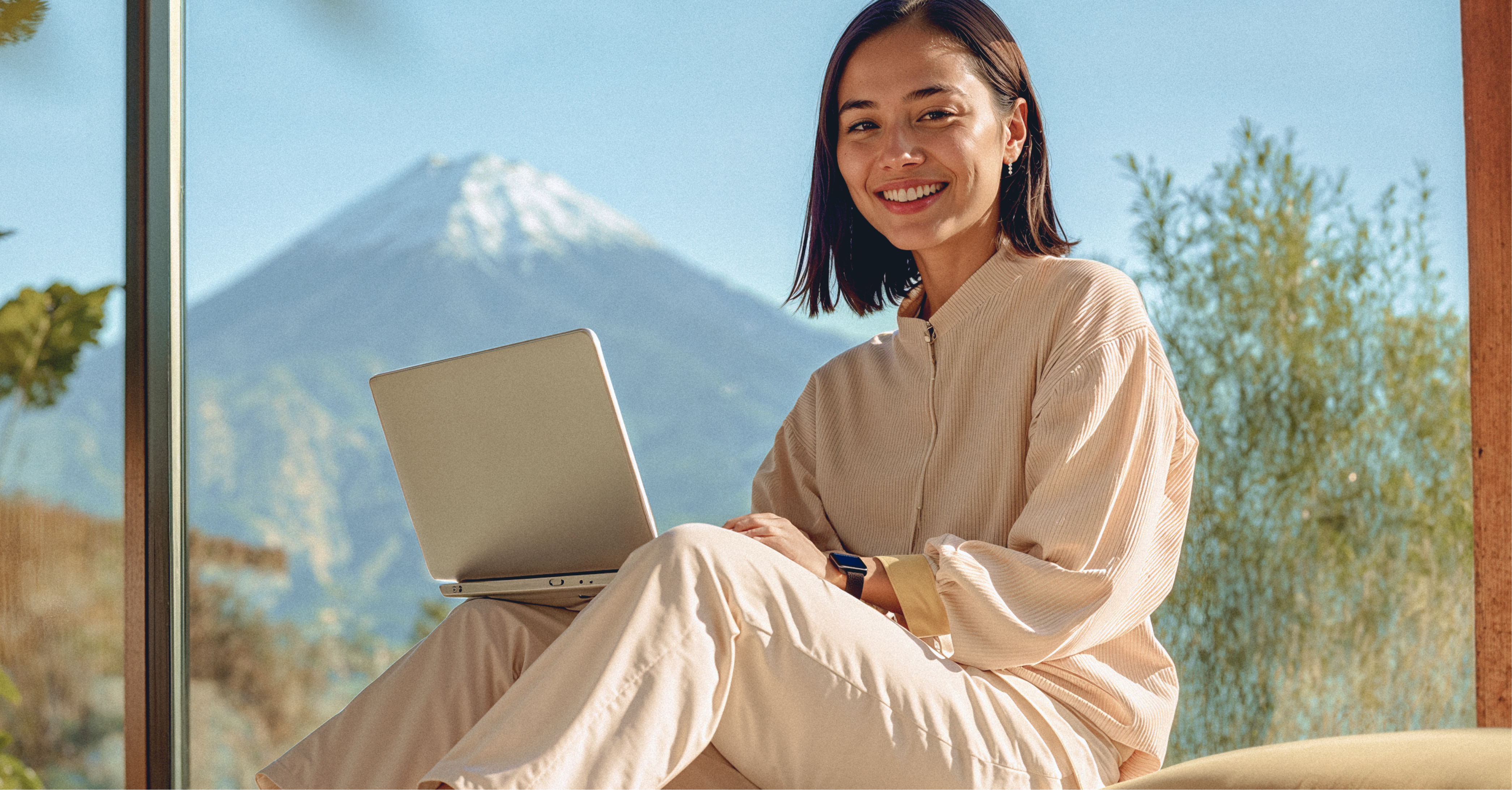
At Superside, we're lucky to have a really diverse group of creative people working together on great design—and being able to do it from all over the globe. So, we wanted to do something special to celebrate the amazing team of female designers who are helping Superside deliver on its design promise.
We believe that great design isn’t tied to geography, race, sexual orientation or gender, and it’s our mission to create more equal economic opportunities globally by finding and growing the world’s best creative talent. As our Head of People Operations, Ivan Katsere, puts it:
“We are a meritocratic community with the luxury of having the world as our talent pool. Our hiring is driven by the quality of design that can be delivered from anywhere in the world, by any person in the world."
We’re trying to do our part to level the playing field, because, let’s be real: The face of design leadership across the globe is usually white and almost always male. So while we’re going to celebrate a handful of Superside’s amazing women designers in this post, there’s still a lot of work to be done to uplift women in design and create more equality across the board.
Let’s start with some stats.
Wait, only how many creative directors are women?
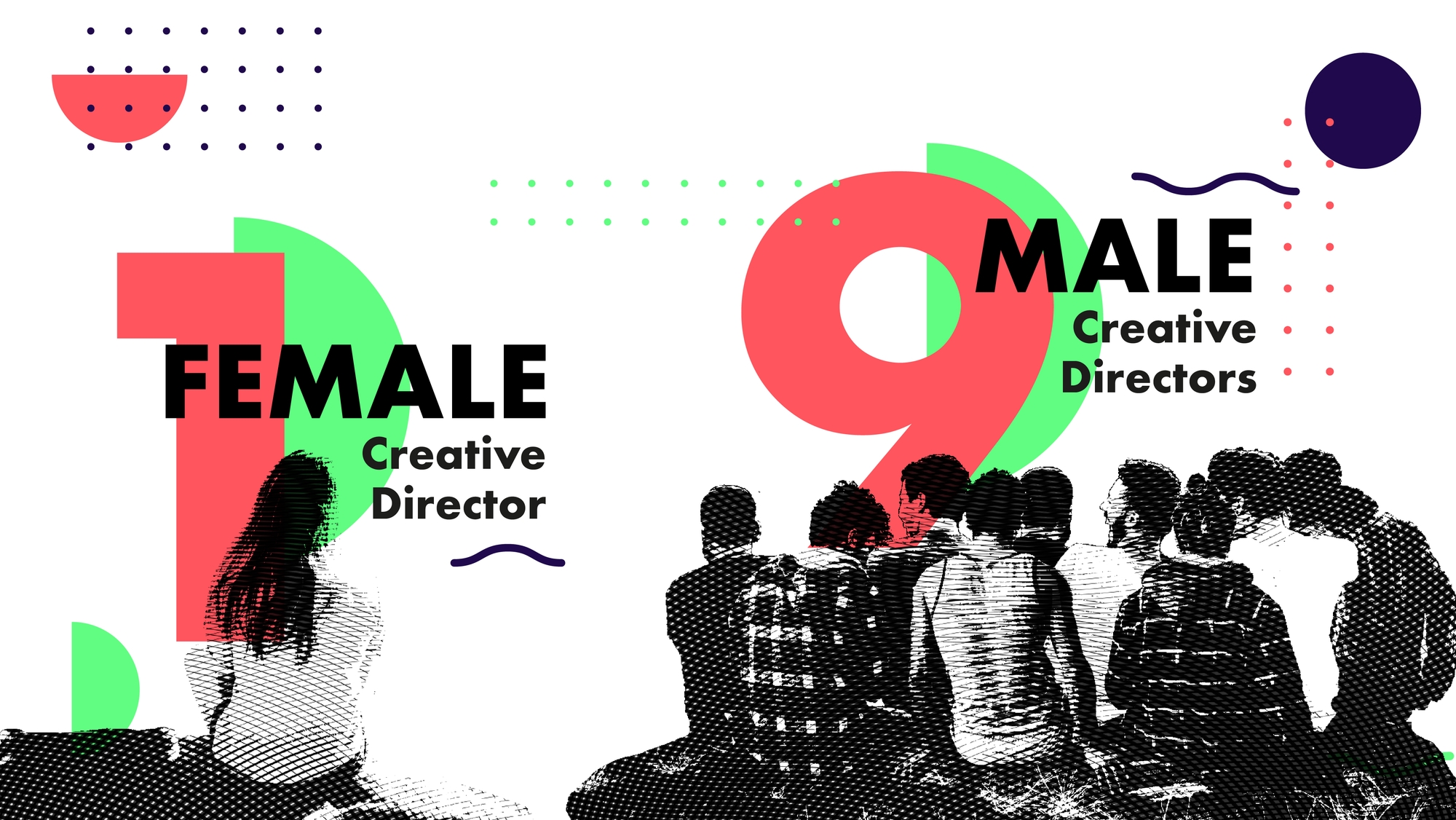
This one may shock you—only 11% of creative directors are women.
But according to a 2019 study of 9,429 people by Design Consensus, 61% of designers are women. So how does that add up? Answer: It doesn’t.
It’s clear that there is so much room for improvement, and in tandem, change. From the way companies hire for design leadership to the gender pay gap, there’s a lot we can all do to create a more fair and supportive workplace for women designers.
The gender pay gap and hiring bias in design
Bias in hiring and the gender pay gap have been long-standing issues among women and the LGBTQ community. So, no surprises here: according to the Design Consensus study, women designers on average make 80 cents to the dollar in comparison to their male counterparts.
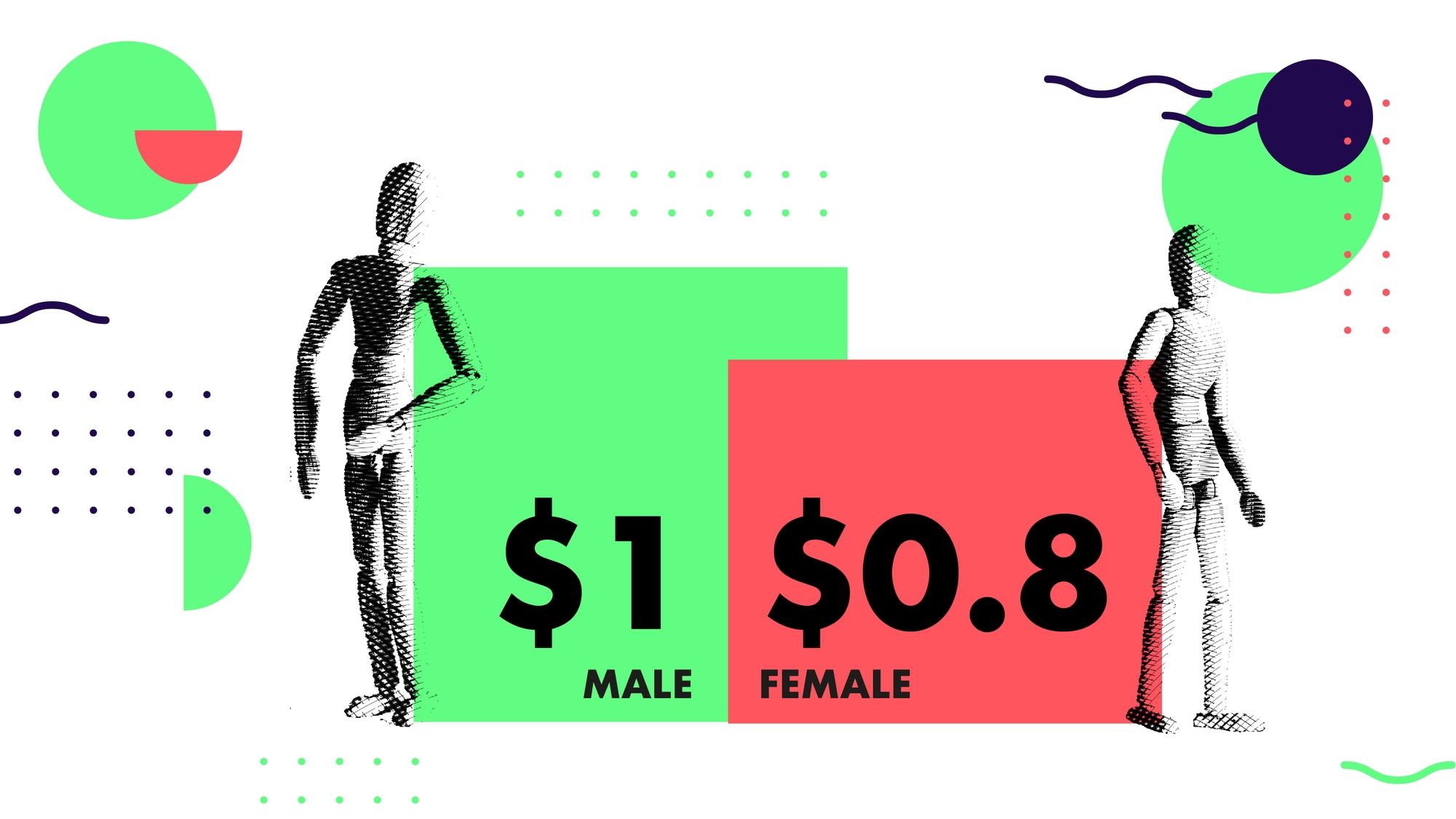
Much like the lack of women in leadership, there’s no reason why women or LGBTQ should be making less than men on the whole.
Some companies have opted to show expected salary ranges on job postings to provide more transparency and accountability in addressing the pay gap. But, there’s a lot more that needs to be done.
We recently launched a series called Design Thinkers where top design leaders talk to us about ongoing issues within the design community. Jasmine Friedl, Director of Design at Intercom, talked to us about the bias in hiring she's seen within design circles. Friedl, who has experienced this bias herself, feels that "Bias prevents people from getting roles they’re qualified for."
It starts from the first glance at a resume, says Friedl. From the applicant’s name, to their location, to their prior experience, every inch is judged, most often with a biased filter.
“This happens all the time," says Friedl. "You’ll see somebody who has a Google on their resume and the response is: ‘Cool, let's screen them.’ And then you see somebody who has a no-name startup on their resume and it’s more: ‘I don't know about that.’ And you have no idea how skilled either person is. The person from the big tech company might be on their way out and the person from the no-name startup might be a rising superstar.”
As a whole, there is a need to remove bias in hiring, particularly for design leadership roles where women are largely underrepresented.
Women in design at Superside
The stats are sobering (and maybe a bit depressing?) but they made us think a bit more about what we’re doing to create equality across our growing team of 100+ designers and as a company on the whole. At Superside we’re working to remove biases and simply hire the best people for the role, regardless of gender, geography, race, culture, religion, age, sexual preference or physical capabilities. We hoped that this philosophy would keep us on the right path.
And so far, you can see the difference in our gender statistics.
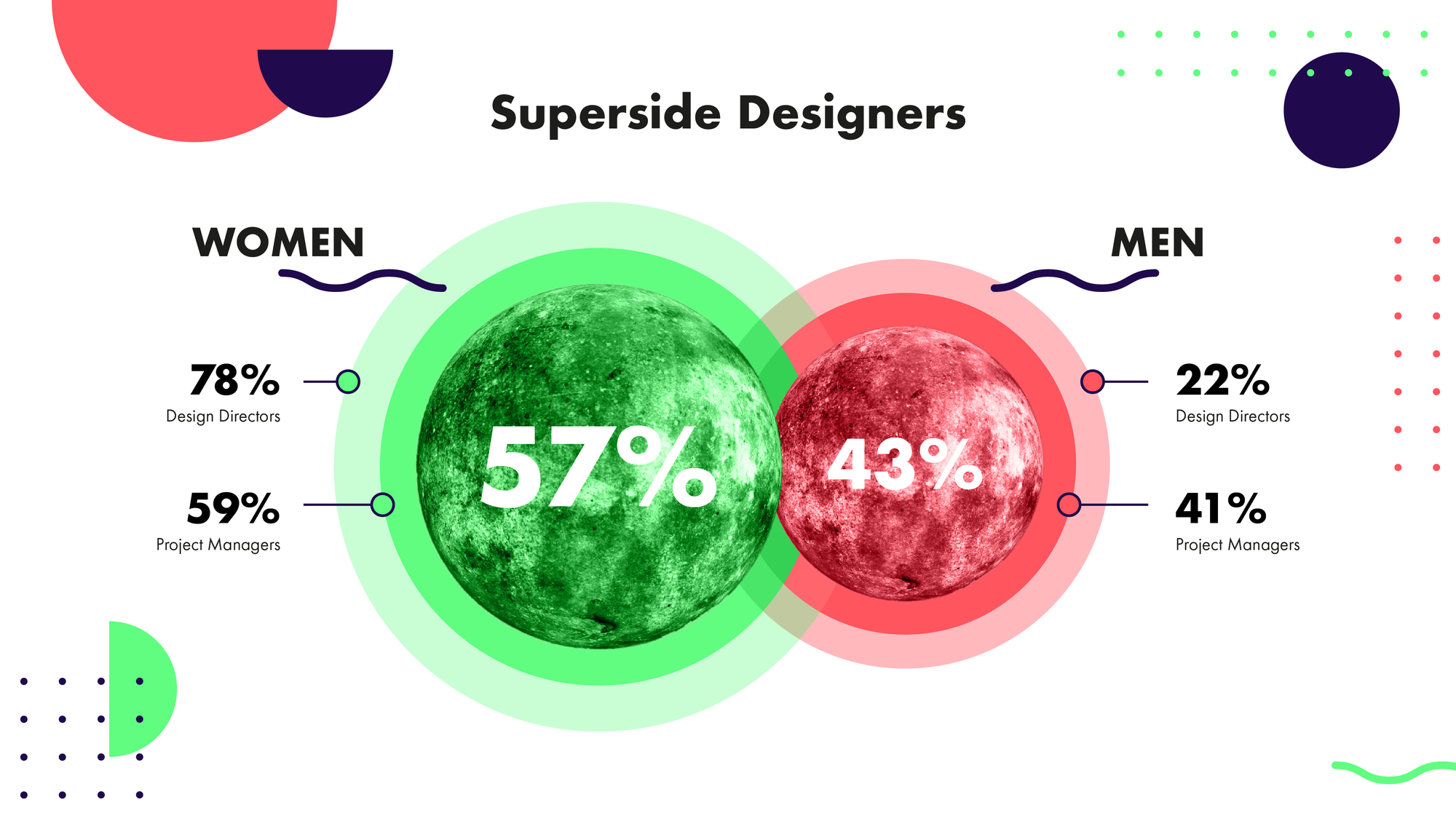
We interviewed a group of talented female designers at Superside to hear how they got to where they are today. Not all of their paths to success are what you might call 'rosy', but that’s exactly why we wanted to tell them.
______________________________________
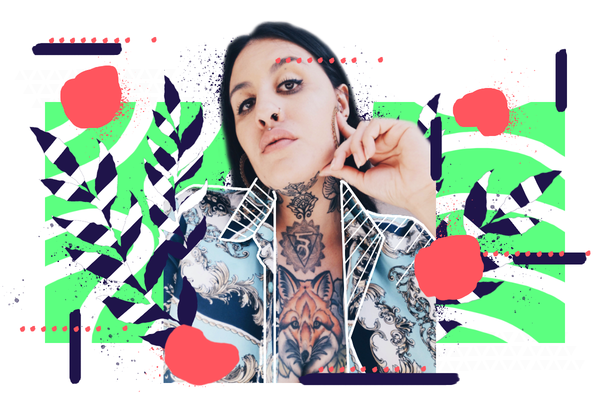
Claire Williams
Design Director at Superside
Cape Town, South Africa
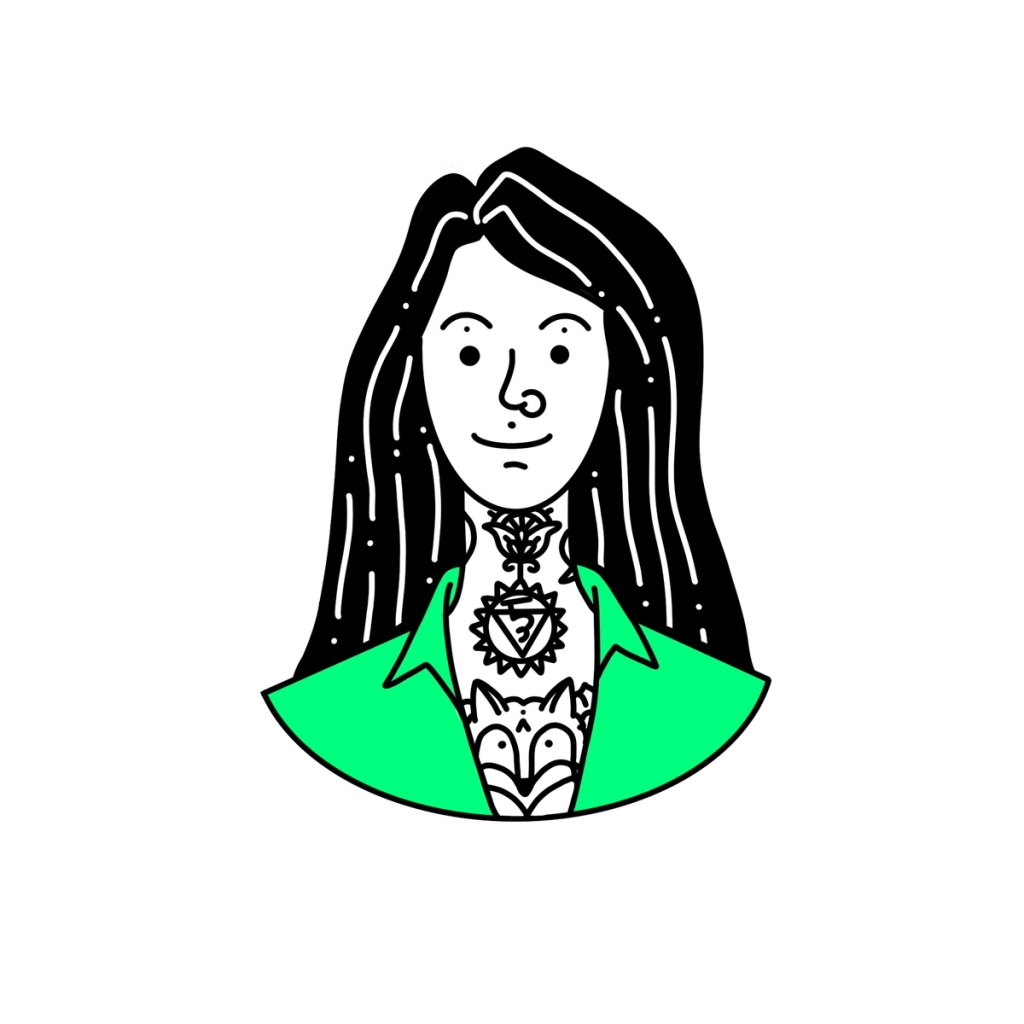
How did you first get into design?
I studied art at school and fell in love with the idea of having absolute creative freedom and never looked back. Then, I studied Multimedia after school and have been designing ever since.
What do you do for Superside?
I am currently a Design Director at Superside leading the Product category.
What's your path to becoming a designer been like?
I started out as a traditional designer and my boyfriend at the time was in tech. I respected (and still respect) his opinion a great deal, and he told me that if I put in the hard work and never give up I can get to where I want to be.
His support and belief in me allowed me to change my career path and end up as a Product Designer doing what I absolutely love today. I had to sacrifice many things, but I am so grateful I put in the hard work and persevered.
Taking the leap to move into the tech space 10 years ago was a big decision in my career. I decided to take a chance in something I truly believed I was meant to be doing.
There are always challenges along the way, but I believe that if you’re continuously in your comfort zone you will never be pushed to your full potential. If you want to really grow in your career you need to take chances.
What needs to change in regards to mentorship and growth for female designers?
Simply put, there’s a lack of gender equality in the tech space. There needs to be support that helps get more women into tech roles to help break the cycle of a male-dominated industry.
This support may come in the form of community, like global groups and organizations that increase the presence of women in tech and boost opportunities to learn and provide role models for women to look up to.
Women need to know their worth—we are talented and smart and deserving of success.
My favourite quote at the moment is from Sheila Murray Bethel, an expert in leadership and change:
"One of the most courageous things you can do is identify yourself, know who you are, what you believe in and where you want to go."
Do you have any advice for other female designers trying to level up in their career?
Stay true to yourself, never doubt yourself and never let anyone tell you that you are less than what you are!
Focus on keeping up to date with the latest trends and software releases. Find a mentor that can really help you grow in your career. And when times are tough, never give up.
What's your favorite thing about working for Superside?
I have full creative freedom to really craft and create amazing products that our clients and their users love.
Oh and don’t forget the amazing people that work for Superside. We may be a remote company but I feel like everyone I have worked with closely on projects are family. We have a very supportive and loving culture.
______________________________________
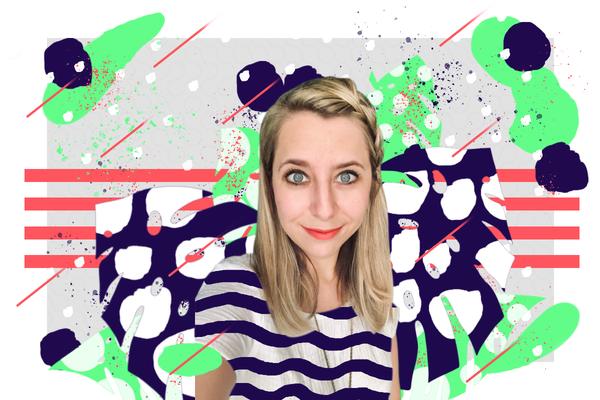
Anneke Jacobs
Creative Director at Superside
Johannesburg, South Africa
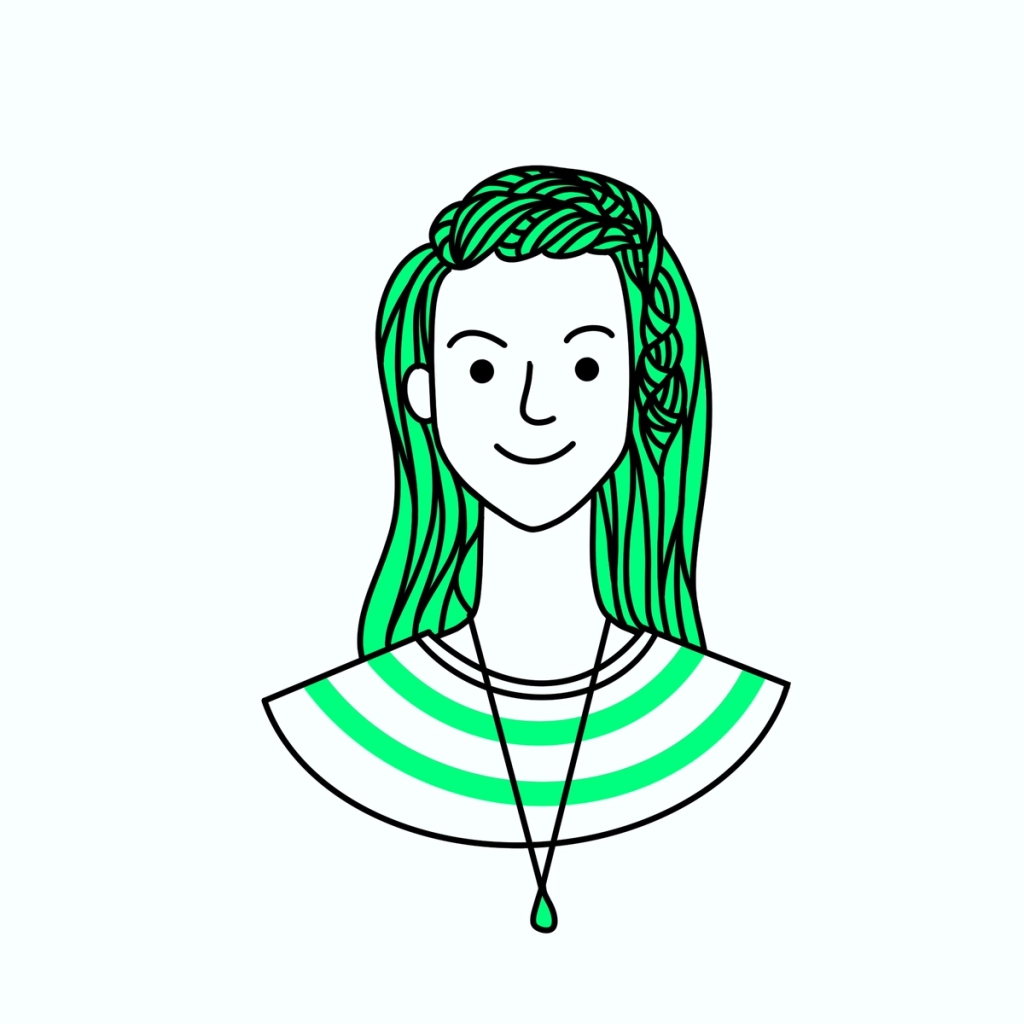
How did you first get into design?
I’ve always loved the arts. I wanted to study fine arts and drama but my mom didn’t want me to be a suffering artist. So I went the commercial art route so that I could pay rent and eat, but still be creative.
What do you do for Superside?
Creative Director.
What's your path to becoming a designer been like?
I did a fairly difficult degree in graphic design and illustration, and it taught me about concept in design and crafting the hell out of everything—it was pretty much a four-year boot camp.
I did an internship at the first place that would have me, and they ended up offering me a full-time job. I was so inexperienced I didn’t even realize that my new job was in advertising and not design. Creativity is creativity and I was happy with that. Ironically, that was the best mistake/move ever.
I ended up really loving it for the most part, focusing on making all sorts of weird and wonderful things. When you work in advertising you really get to work in many industries. If you’re good at your job the output is always different, today it’s a TV advert, tomorrow it’s a coaster that can detect if your drink is spiked, the day after that it could be an entire music platform. Every problem had a very different output.
That taught me problem-solving and how to wrangle big teams to deliver on big, complicated, ever-changing campaigns with a lot at stake.
But times change and advertising not so much, so when an interesting company came along and asked me if I wanted to join them it felt like it was right down my alley. I was super happy to join Superside and return to my design roots.
What needs to change in regards to mentorship and growth for female designers?
In terms of technical skills, for the most part everyone has the same design tools at their disposal. You can be the best designer in the world, but technical skills will only get you so far.
In general I think there is a lack of emphasis on interpersonal skills in the design community. Designers and creatives are often seen as these "artsy" types with their heads in the clouds. And I think if you’re a female that stereotype applies even more, unfortunately.
Soft skills, or rather critical skills, are so important. If you can bridge talent and these critical skills, you’ll be a force to be reckoned with.
If you want to rise through the ranks as a female designer, practising this will make that path much easier.
Do you have any advice for female designers trying to level up in their career?
If you’re looking to up your design chops, focus on the design concept. Rationalize it, sell it and be passionate about what you are selling. Passion shows, and people notice that kind of thing.
If you’re a woman and you want to rise through the ranks, always stay true to yourself. You don’t have to mimic someone else’s management style or fit into what society told you a leader should be. Just do what comes naturally to you and back it up with logic. If you do that people will back you.
______________________________________

Ines Almeida
Design Director at Superside
Lisbon, Portugal
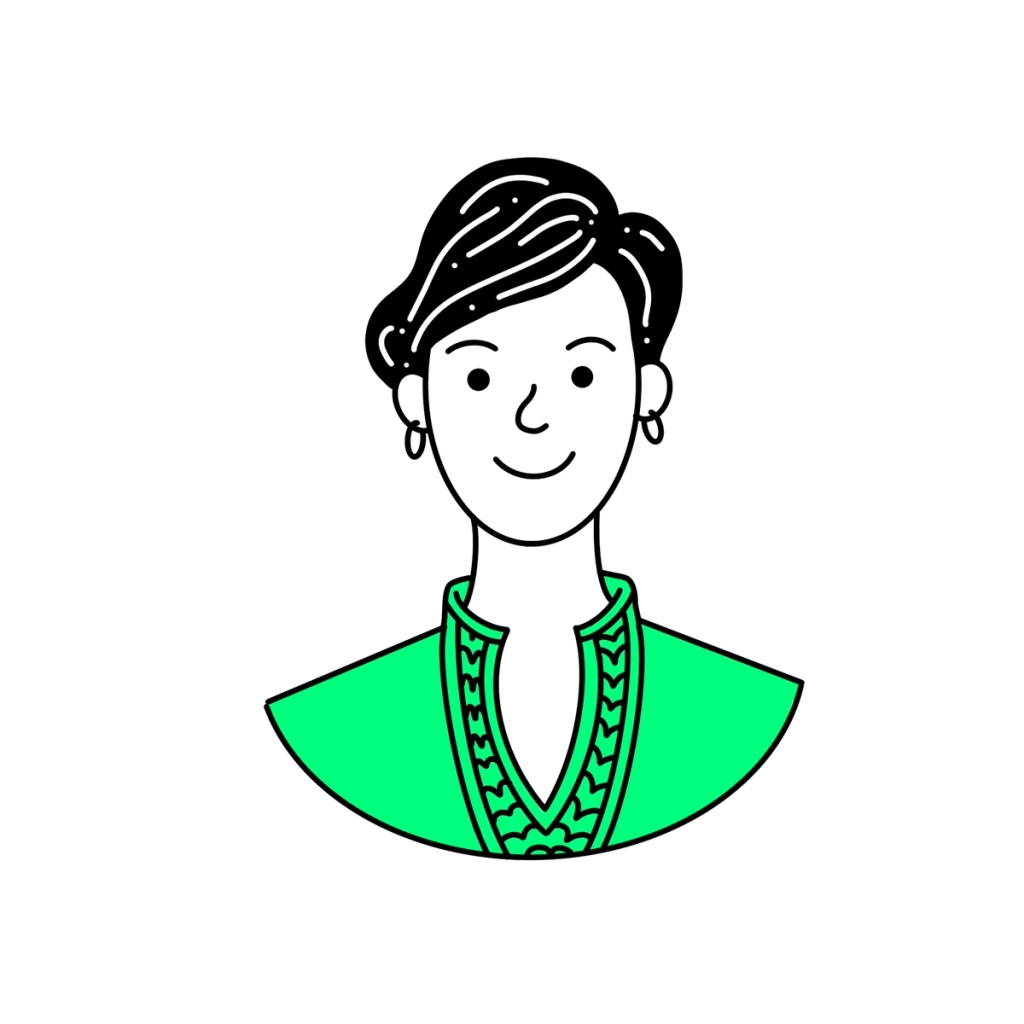
How did you first get into design?
All of my school studies were heading towards law or journalism, until, at the end of 11th grade, I got interested in branding and advertising. It was then that I decided I wanted to work in advertising as a designer.
I even had to undertake private drawing lessons for a year in order to apply to an art college!
What do you do for Superside?
My path may have been winding, but now I’m a Design Director at Superside.
How has your path to becoming a designer been 'winding'?
From a gender equality point of view, when I started out in design, wages and promotions were not super equalitary. For example, when I had my first child, the agency I was working for demanded that I renounce the last month of maternity leave. At that time the law had changed, giving mothers one more month of leave—but they wouldn’t budge. I didn’t give in. When I came back to work the environment was cold and grew quite hostile, and so I left.
I continued my growth path working on a small project. I had long hours but more flexibility, and I was back to having fun and enjoying work. I learned a lot in that time as we were just a small group and everyone had to take on several roles.
When I had my second child I was back in the agency world and things were better. I was growing as a professional and a more open-minded environment made me feel supported and respected. Nevertheless, I felt the need to be closer to my family and have more control over my time management. So I became a freelancer.
What’s great about freelancing, at least in my experience, is that in the remote world there seems to be more equality and a bias towards talent over background or gender.
What needs to change in regards to mentorship and growth for female designers?
In order to help more female designers grow, there needs to be more respect. Respect for a different way of thinking, as well as respect for motherhood and family in general.
Do you have any advice for other female designers trying to level up in their career?
Don’t imitate, don’t be afraid to fail, don’t give up and don’t allow labels.
Make sure you feel passionate and curious, and take risks.
______________________________________
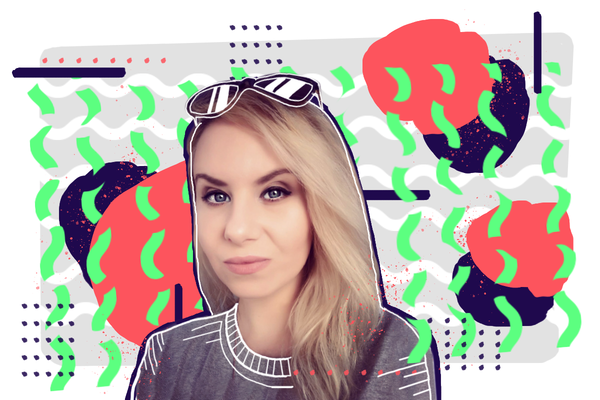
Alexandra Kovacs
Premium Designer at Superside
Lugoj, Romania
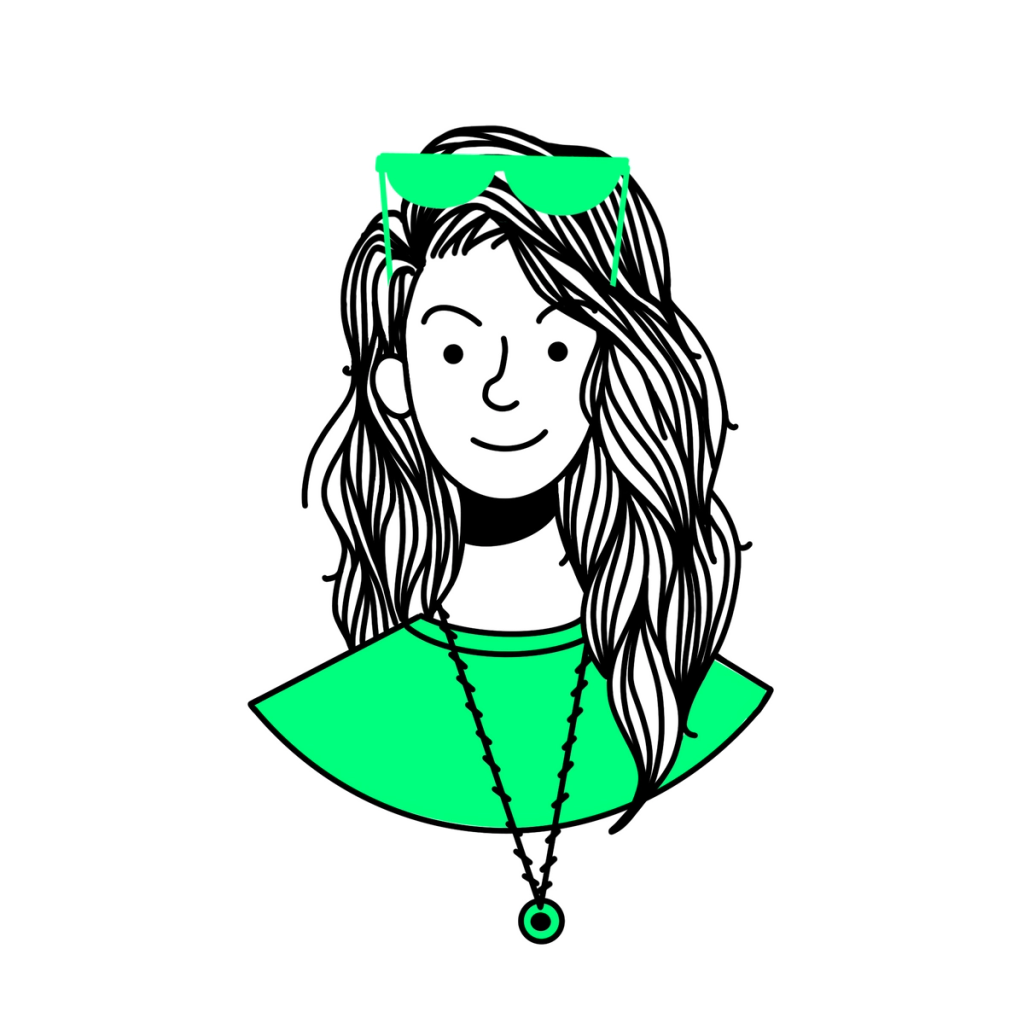
How did you first get into design?
I was definitely that kid who was always creating. My parents would always find me tucked away in my room making crazy photo manipulations or hanging out with my ‘designer’ friends. By the end of school when everyone was agonizing over what to do with their lives, I just knew that design was for me and I jumped right into learning more.
Design is fluid, it’s a never-ending learning process and a source of inspiration for me.
What do you do for Superside?
I'm a Premium Designer at Superside.
My work for Superside exemplifies all the reasons why I love working in graphic design—every day is different. Depending on the day, I’ll be working on anything from flyers, brochures and business cards, all the way to developing detailed infographics and expanding on PowerPoint decks. Every day is always a fun, new adventure!
What's your path to becoming a designer been like?
It hasn’t been a straight line. With little formal training behind me, I’ve had to buckle down, shut out a lot of distractions and work hard at developing my skills.
When it comes right down to it, my design path has been rooted in being curious about absolutely everything.
I’ve always worked incredibly hard at becoming a better, stronger designer. I have surrounded myself with incredibly talented, hardworking people and I’ve learned a lot from them. My natural curiosity has me always asking questions, looking at trends, learning why designers make certain decisions and finding ways to do things better.
What needs to change in regards to mentorship and growth for female designers?
I think that women face a lot of the same challenges in design that they do in any other field. Mentorship is incredibly important for growth, but removing the barriers to mentorship is necessary before mentoring younger designers becomes commonplace.
Rather than viewing other female designers as competition, we need to lift our younger designers up and see them as potential collaborators. We can all learn from each other to grow and become better at our craft if we do.
Getting out of our heads and feeling more confident in our abilities will help. I think every female designer should have deep self-awareness and a sense of purpose. All women need to fully embrace any opportunity to develop our growth.
Do you have any advice for other female designers trying to level up in their career?
Seek inspiration and stay organized! Follow and keep aware of trends, but temper it and never lose sight of who you are as a designer. Be you and always strive to achieve visual harmony.
Also work on building a high-performance team. Graphic designers tend to think of ourselves as living and working on our own island, and it is true to an extent. That being said, a high-performance team will help you work better, faster and smarter.
The Superside Academy
The need for better design mentorship and female design leadership as a whole is something we’ve heard time and time again. At Superside we provide a free design academy for intermediate designers who are looking to uplevel their practical and personal skills to become better positioned for international, remote design work.
“Real diversity starts with a commitment to building a data-driven meritocracy," says Superside co-founder and CEO Fredrik Thomassen. "Data does not discriminate. To remove human bias, any promotion and reward decisions at Superside are based on actual measurement of performance. We’re excited to see how our efforts to remove this bias have helped to grow a diverse group of people that spans the globe.”
The Superside Academy is designed to help develop and grow the world’s best creative talent while providing stable work opportunities that lead to career acceleration. It’s our commitment to bettering designers all over the world through mentorship, on-the-job training and continuous learning.
The Academy is continuous, and for designers at Superside, is intended to help them continue to learn throughout their tenure.
The world needs more women in design leadership
By providing the Superside Academy and fostering a culture of mentorship, we hope that designers from across the globe—no matter their gender, race or geographic location—can grow in their careers.
There’s clearly a huge pool of talented women in design today (women make up 61% of all designers!), but for a wide variety of reasons they aren’t making it up to the top, and that’s a problem. We're trying to do more at Superside to help level the playing field, but we know that there’s so much more that can be done.
If you or your company is working to improve equality in design, we want to hear from you. Email social@superside.com or send us a DM on social @SupersideHQ.
Cassandra King is the former Head of Content & Community at Superside. She’s a road trip aficionado, advocate for all things glitter, and can usually be found with a camera (or snacks) in hand. Find her on IG @casssandra.king.
You may also like these
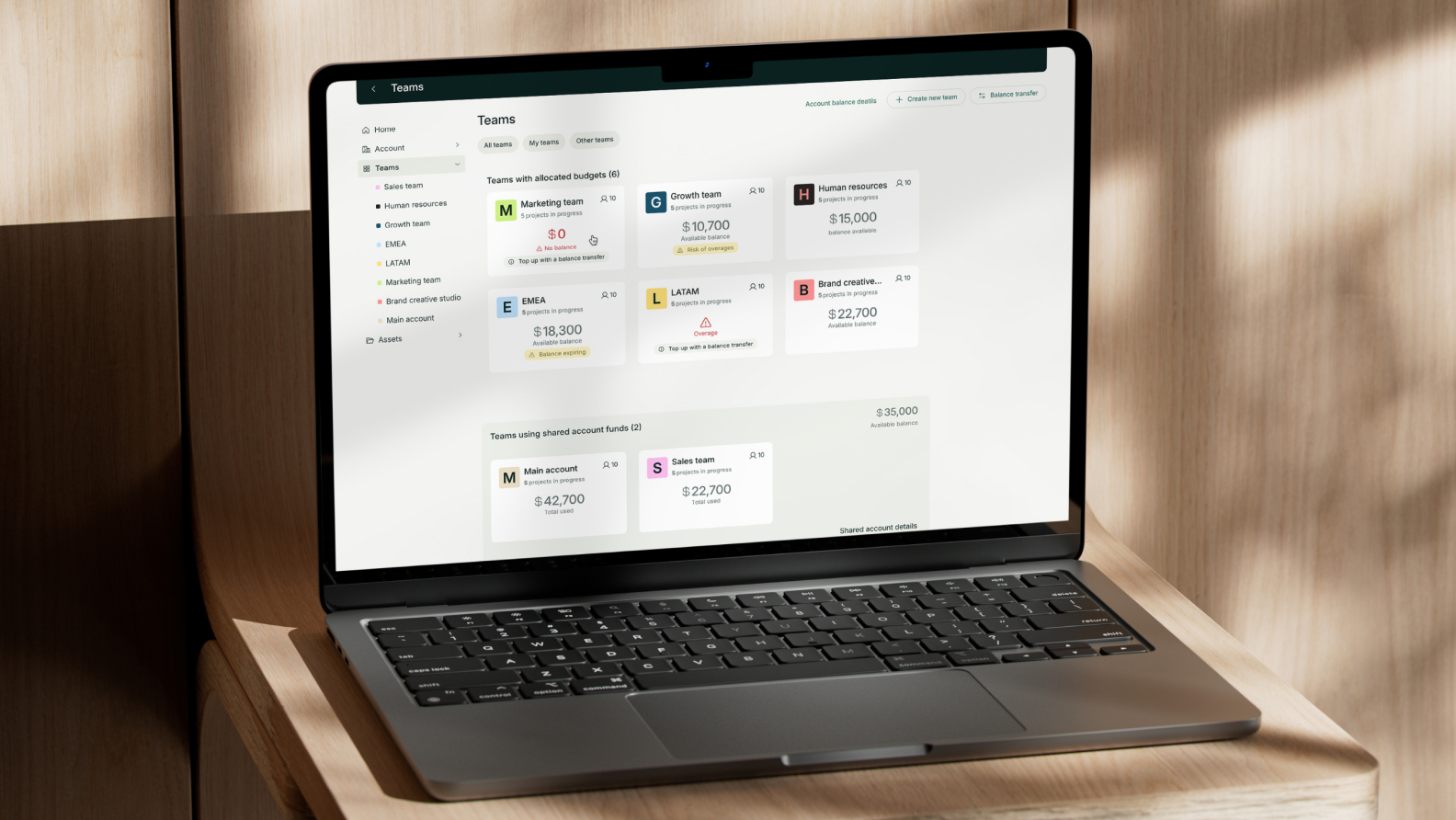
Team priorities shift. Now your budgets can too: Introducing team and budget management in Superspace
You're managing creative budgets across multiple teams, each with their own project timelines, priorities, and surprise requests. One team hasn’t used their budget. Another needs to launch a campaign next week. You’re stuck manually tracking usage in spreadsheets—reacting instead of planning. And when the month ends, you're the one answering for every overage or unused dollar. Superspace’s new Teams & Budgets tools put you back in control. Assign budgets by team, track spend in real-time, and reallocate resources as needs evolve—without slowing anyone down.Here’s how it works. Team and budget management made easy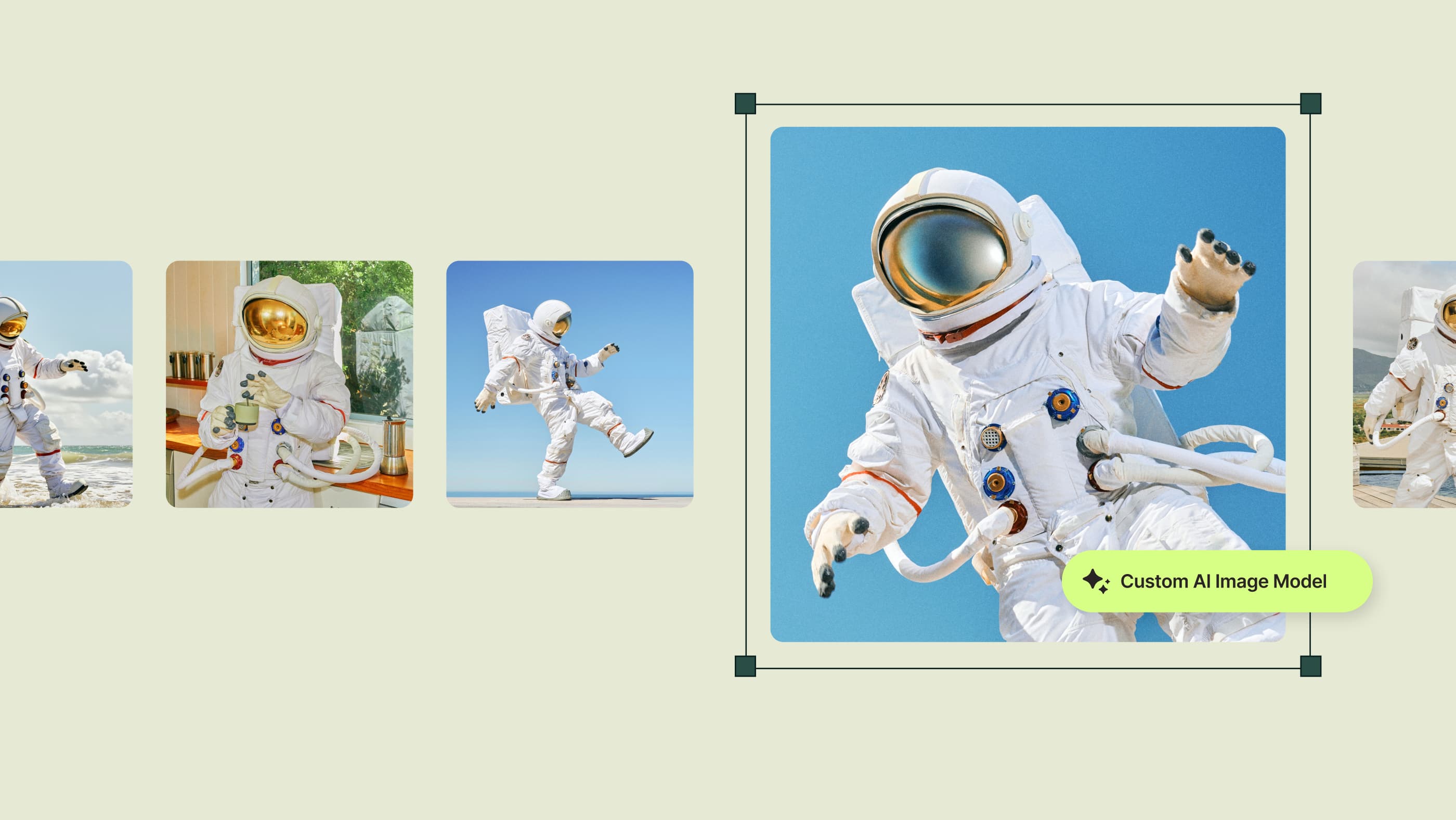
Your brand, on demand: Superside's Custom AI Image Models
You’ve done everything right—nailed the prompt, tweaked every reference, crossed your fingers. And still, out of 1,000 AI-generated images, maybe five are usable.Here’s the truth: AI doesn’t know your brand.Most tools rely on generic data. Once an image is generated, your brand is forgotten—wiped clean. It’s like starting from scratch with every new prompt.Until now.Teach AI your brand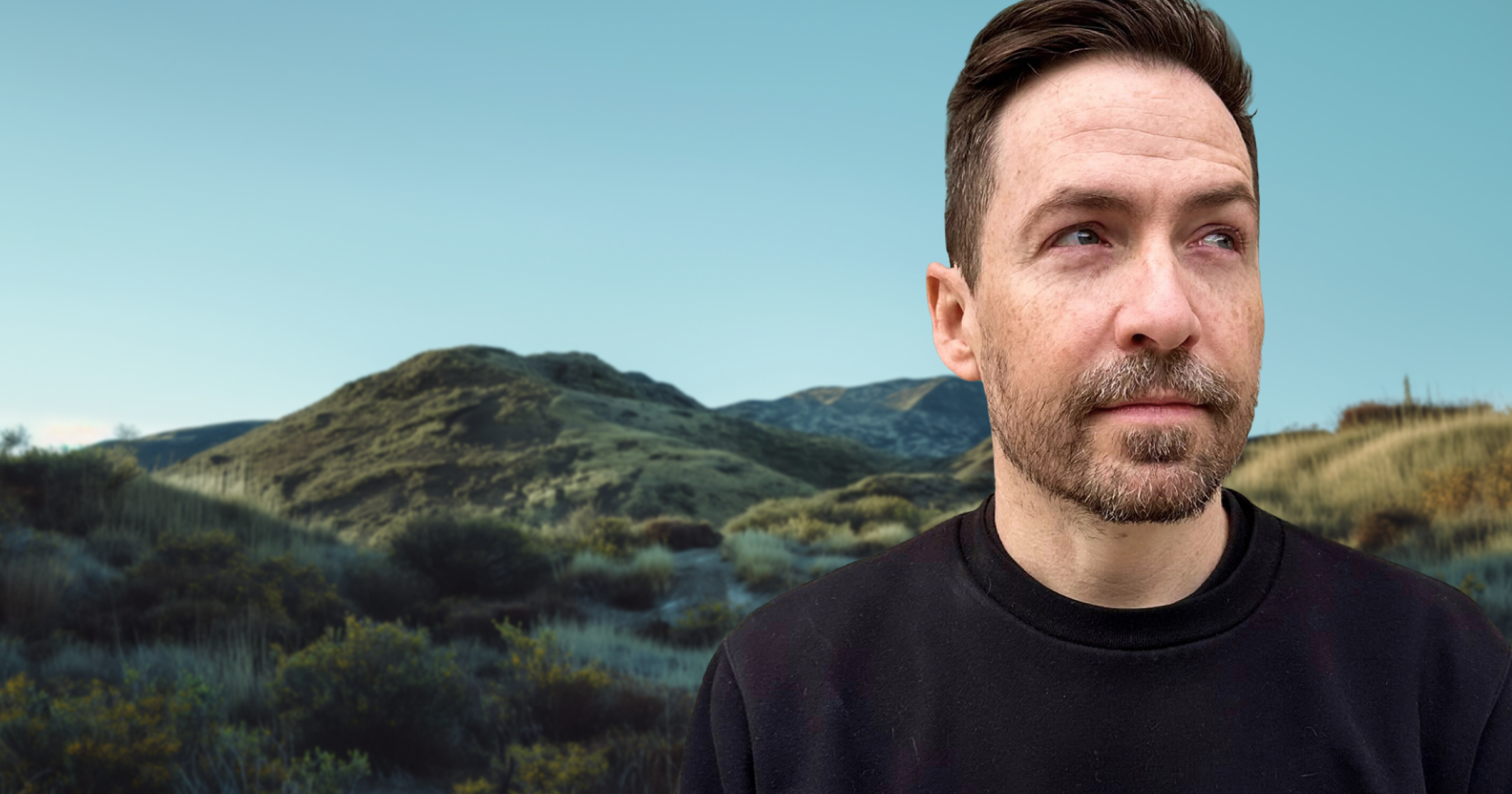
Leading with kindness: A Q&A with Gradwell Sears, Superside’s new CCO
Meet Gradwell Sears, Superside’s new Chief Creative Officer. He joins us from Monks, bringing decades of deep agency experience and a track record of leading standout work for brands like Meta, Peloton, adidas and General Motors. Gradwell brings serious creative firepower—but beyond the big names, he’s deeply committed to building kind, inclusive and energized teams, especially in a remote-first world.In his first week at Superside, we sat down with him to chat about his creative philosophy, where the industry’s headed and the culture he’s excited to help shape.Q: First off, where are you based?A: I’m in Williamsburg, Brooklyn, NY—having lived in the boroughs for the last 25 years. So I think I can call myself a New Yorker officially.Q: Where did your creative journey start? What drew you into the world of advertising?